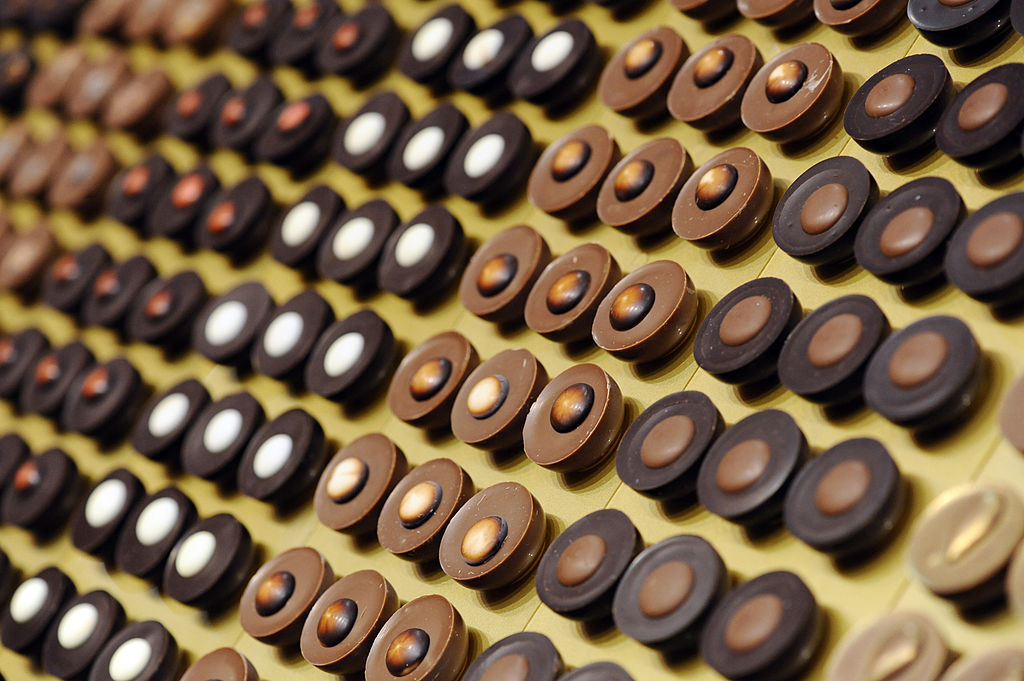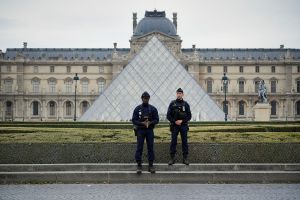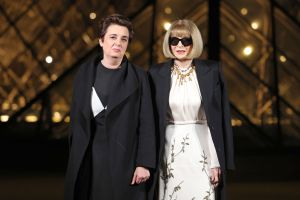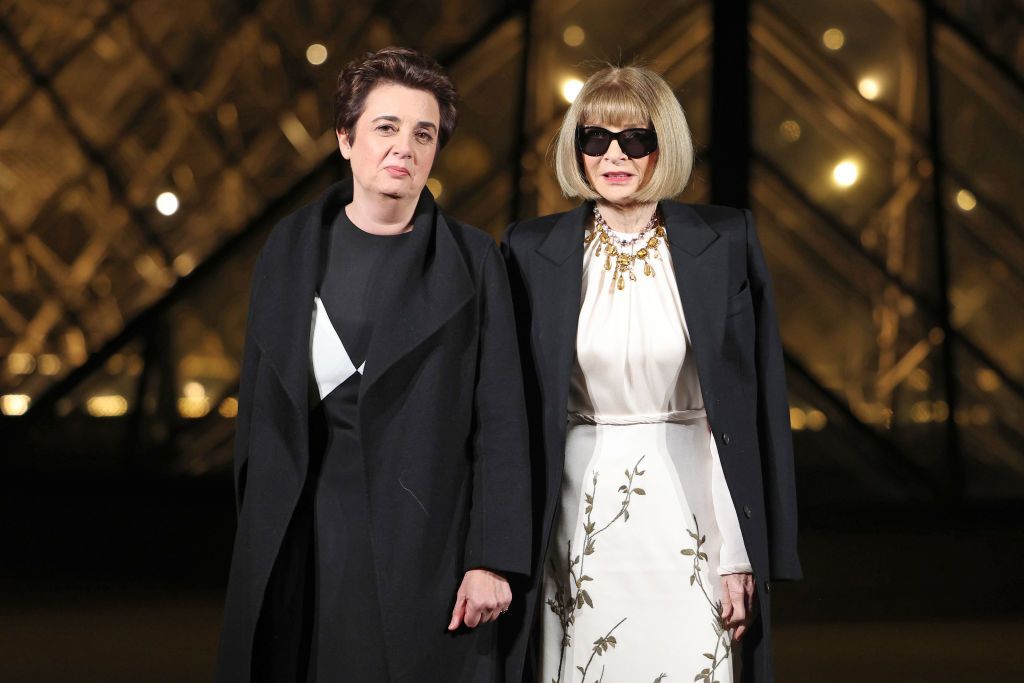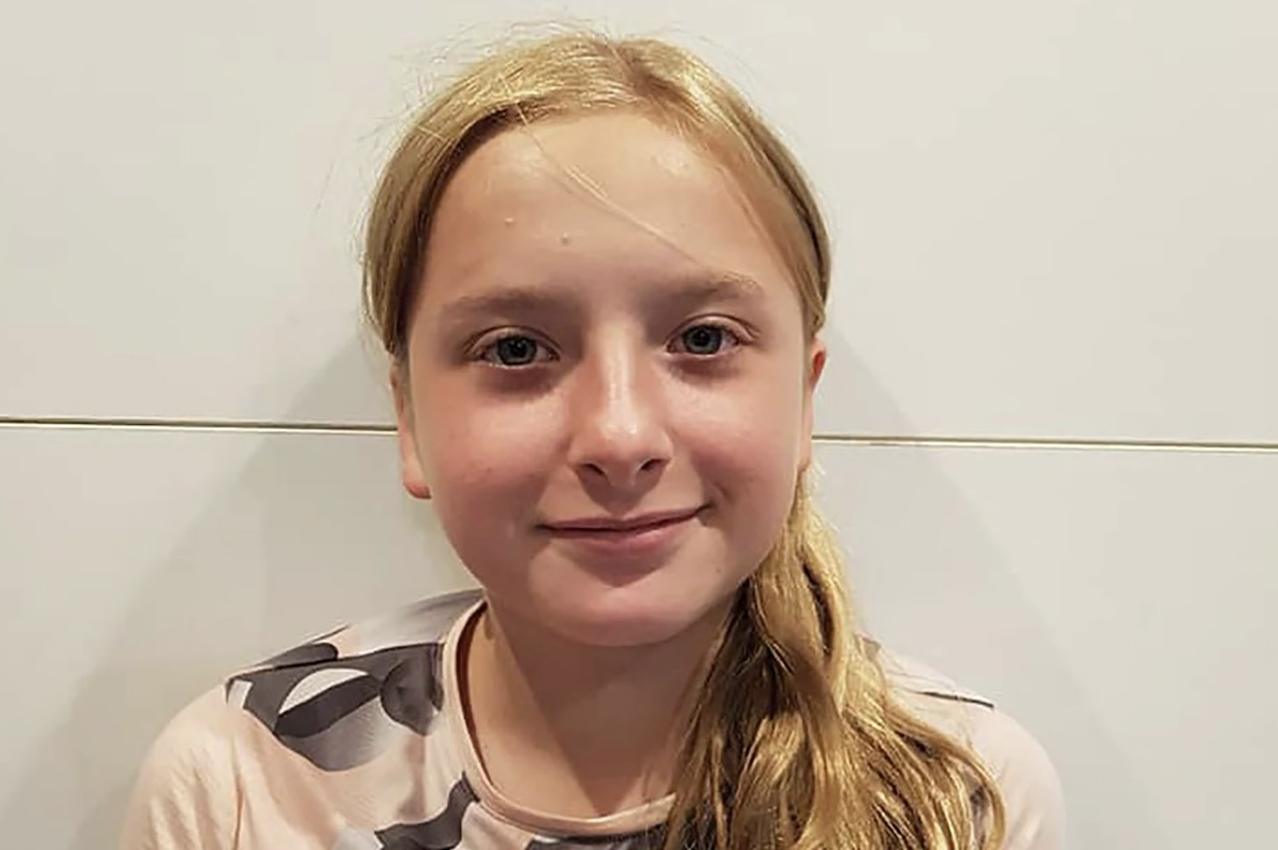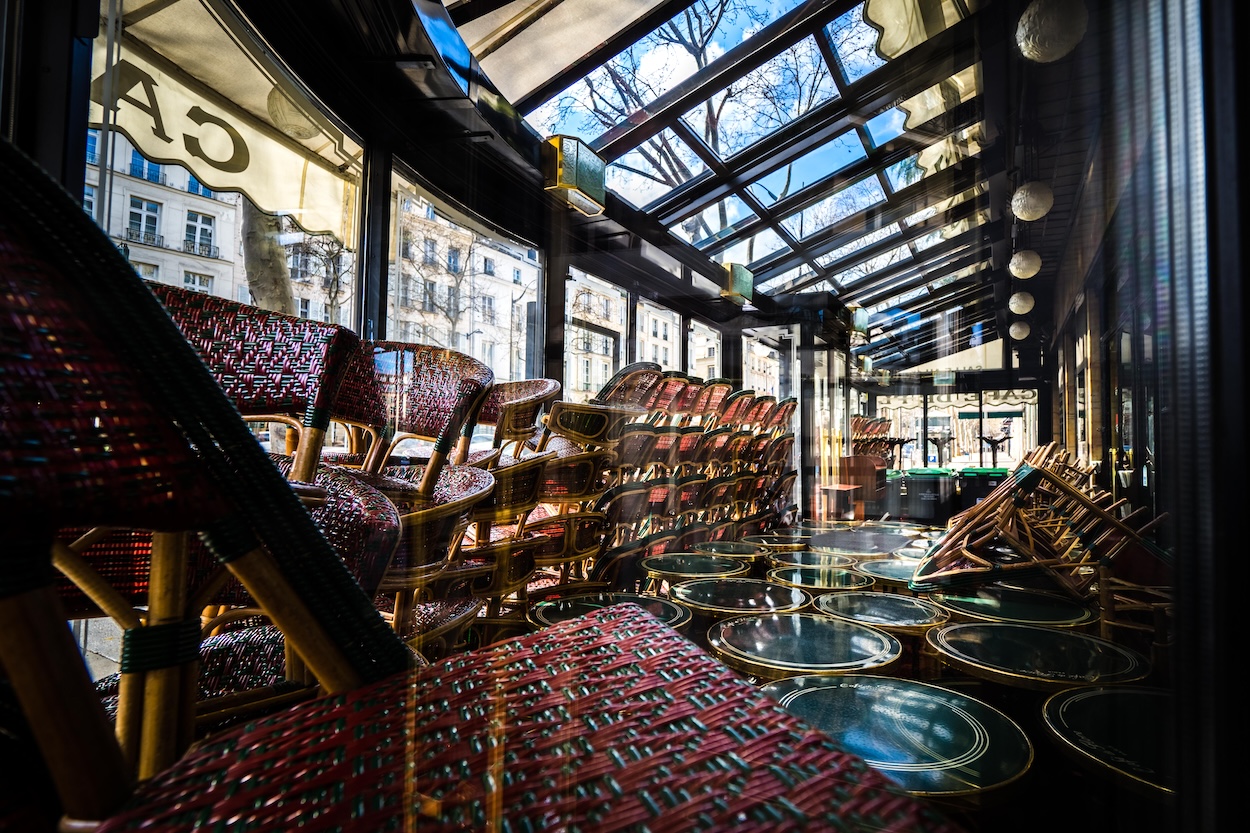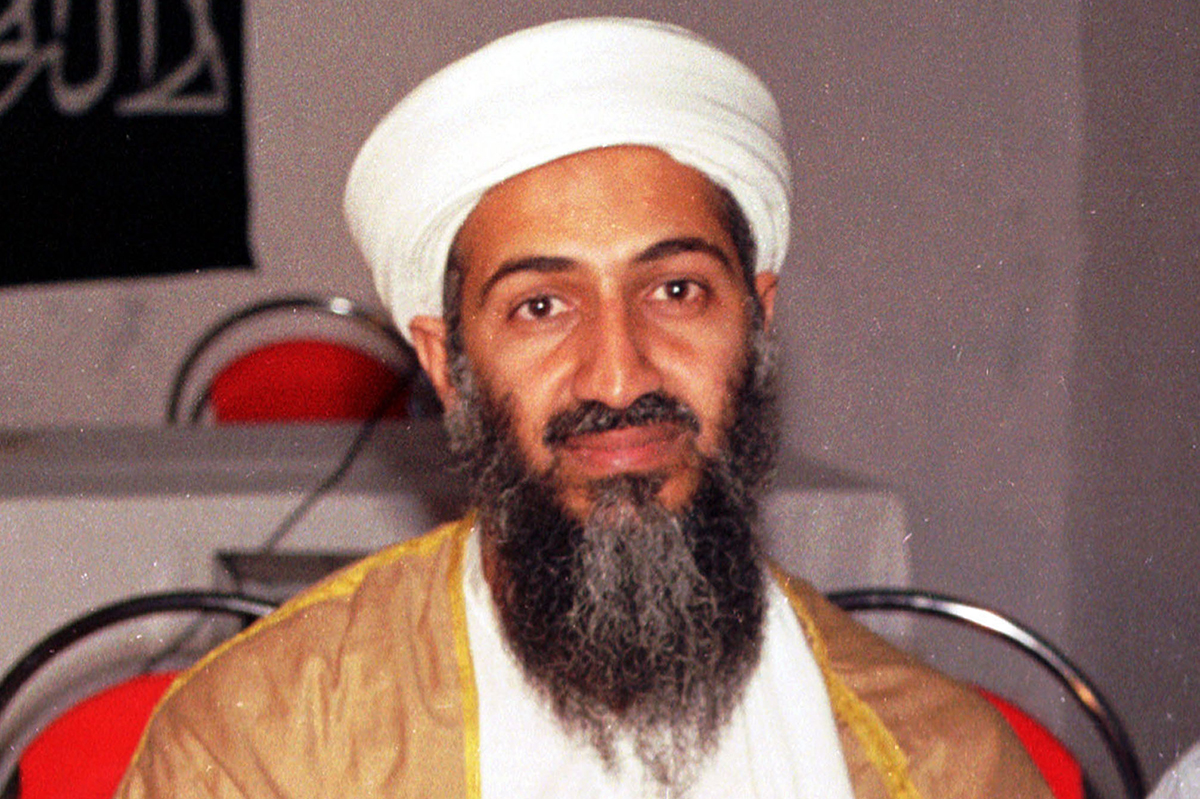The last time I saw Paris, it was the early spring of 2017. A pallor hung over the city, the grands boulevards had lost their charm and downcast Parisians hurried about the streets with uncharacteristic alacrity.
The day I arrived, a letter bomb exploded at the IMF’s headquarters on the Avenue d’Iéna, blocks away from where I was sitting on the terrace of a café on the Avenue Kléber. That the bomb turned out to be from Greek anarchists and not the usual Islamist suspects was little comfort; it had already ruined my café express.
Two days later, a French-born Muslim took a female soldier hostage at Orly airport. A standoff ensued, with him holding a pistol to her head while her comrades aimed at his.
‘Put down your weapons! I am here to die for Allah,’ he suggested. ‘Whatever happens, there will be deaths.’
This was prescient stuff, for they shot him soon afterwards when he tried to wrestle his hostage’s rifle out of her hands. A search of his corpse revealed a gasoline can and lighter, a pack of cigarettes, €750 and, inexplicably, a Qur’an.
All this occurred just after an Egyptian tourist had attacked soldiers outside the Louvre with a machete, and just before a French-born Muslim shot three police officers in the Champs-Élysées with an AK-47, an Algerian student attacked a policeman with a hammer outside the church of Notre-Dame and a driver killed himself by ramming his Renault into a police convoy on the Champs-Élysées. I did wonder if this last was only French parking, but the car turned out to be loaded with firearms and explosives. And then Notre-Dame caught fire, which seemed apocalyptic but then wasn’t, because it was an accident.
It was a bad enough stretch to dampen my enthusiasm for Paris, which, rightly or wrongly, seemed considerably less safe than other world capitals, especially if you’re crossing the road. I didn’t return until a couple of months ago, to visit expat friends in the 16th, that lovely district ‘where grandmère goes to die’. Paris had palpably regained its self-assurance. My hosts attributed the turnaround to three things.
First, Brexit, which the French see as an opportunity to scrounge the financial services industry away from the City of London; they expect those South Ken-dwelling bankers to return home any day. Second, the continuing strength of the American economy, a rising tide that raises even the most statist French bateaux. Third, and near-unbelievably, Emmanuel Macron’s labor reforms are working, and the economy is bounding along at an almost Anglo-Saxon clip.
I could feel the consumer confidence on the Place de la Madeleine. Fauchon, the upscale grocer, was packed at 3 p.m. on a Friday with ravenous gourmands of the bon chic, bon genre variety, epicene of figure and epicurean of appetite. Around the corner is the Madeleine church, its temporary scaffolding a monument to health and safety codes rather than the gloire of Napoleon’s army, and the blue-and-white striped awnings that adorn the altar of gastronomy that is Caviar Kaspia.
Inside, the heirs of Russian immigrant Arcady Fixon have dispensed the essentials since 1927: lashings of fish eggs, smoked salmon and foie gras. Buying my hosts a small tin of caviar (French farm-raised Baeri, not the imported Oscietra), I encountered an old man, a living rebuke to Talleyrand’s assertion that anyone who didn’t live before 1789 knew nothing of the pleasures of life.
He wore an immaculately cut gray suit (ventless, with strong lapels), and led a black pug on a leash. So flat was the pooch’s face, comically bulging eyes aside, that he may have been more overbred than his owner, whose haughty, pointed face and aquiline nose must have gone back to Pippin or some other Merovingian worthy. The dog’s exaggerated physiognomy impaired his breathing. This caused great consternation to his owner, who from time to time tapped the dog with his shoe as if to say ‘arrêtes’.
I’d been reading Ernst Jünger’s diaries of the Occupation on the plane over. While his fellow Germans were rounding up résistants and Jews, Jünger was visiting Braque and Picasso, conversing about the ‘connections between Impressionist painting and military camouflage’, collecting rare editions and mingling with fascist collaborators like Louis-Ferdinand Céline and Florence Gould. An overdeveloped aesthetic sense cannot protect against moral decay: it might even be a symptom.
I detected all the signs of un vrai collaborateur in the old man at Kaspia — if not a friend of that refined fascist Céline, then at least a connoisseur, a fellow-traveler in aesthetic immoralism. I made my modest purchase and departed. The gentleman was still there, provisioning for what, from the extravagance of his order, seemed to be an end-of-days feast for him, his dog and an Austrian friend visiting from South America.
Walking back after an apéro, my host and I passed the rue Lauriston, where the Carlingue, the collaborationist militia, had been based during the Occupation.
‘Next time you’re here we’ll do the Gestapo tour,’ he said jauntily.



